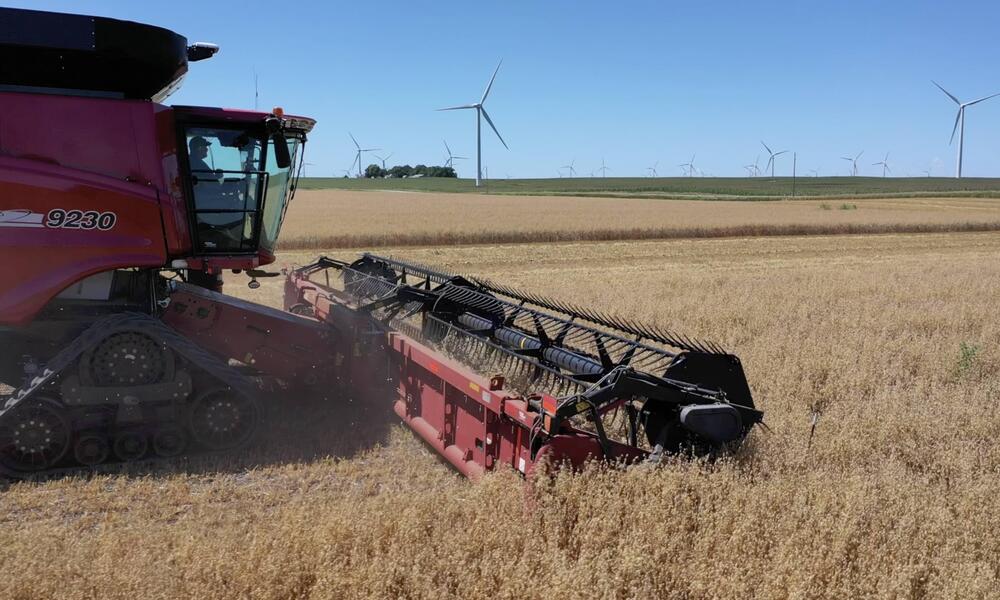[ad_1]
Raising animals for meat, milk, and eggs has been a valuable part of the global agricultural landscape for millennia as it provides communities with a significant source of nutrition, underpins many cultural identities, and supports the livelihoods of more than a billion people¹ who work to provide these foods globally. Today, meat production occurs all around the world and is expected to increase by more than 70% by 2050.²
But rarely do we think about the complex relationship between animals and their food. The feed ingredients used to ensure a healthy diet and life for agricultural animals come from a large number of growers but only a small number of crops: maize (corn), soybeans, wheat, alfalfa, and rice. Unfortunately, growing these crops comes with a significant environmental cost, accounting for 11% of global greenhouse gas emissions, 12% of global freshwater consumption, and 65% of global land-use change between 1961 and 2011. At the same time, certain production practices—such as well-managed grazing of cattle on grasslands, the use of cover crops to build soil health, or the addition of certain ingredients in a cow’s feed to reduce the amount of methane emitted through belching—can provide important opportunities to conserve nature, mitigate climate change, and boost livelihoods.
Balancing livelihoods with environmental protection requires collaboration. To address some of the impacts of feed production, WWF partnered with the Institute for Feed Education and Research in 2022 to convene the first-ever Feed Systems Sustainability Summit with the goal of elevating feed and animal nutrition as a critical lever in achieving sustainable food systems. The summit called for stronger value-chain collaboration to advance feed systems solutions.
As a follow-up, WWF published Solutions to Meet the Need for Feed to support organizations looking to integrate feed systems into their sustainability journeys. The paper presents four transformative solutions that can impact the landscape of sustainable agriculture:
- Responsible sourcing uses new technology to improve collaboration among growers and producers to reduce the impact of feed on the environment
- Regenerative agriculture changes farming and grazing practices so that they’re better for people and the planet by protecting plants and animals, using water wisely, and keeping the soil healthy, all while supporting local farmers and communities
- Using circular ingredients that are already available to feed animals, like food waste from restaurants and cafeterias, instead of putting more pressure on land and waste sites to grow more ingredients.
- Finally investing in feed innovations could mean making changes in what we feed animals, like swapping alfalfa for seaweed flakes, and how we take care of them.
The goal is for people in supply chains, communities, companies, and beyond to learn about these solutions and implement them in their work. There are several important steps to use these building blocks for transforming livestock production.
First, we need to elevate the significance of animal feed production in food systems, recognizing it as the linchpin that supports sustainable livestock systems. This means ensuring that we’re transparent about and aware of where animal feed comes from and how sustainable it is. Second, we need our supply chains and markets to promote sustainability, openness, and collaboration. Third, we must support innovative technologies and ideas to protect nature, animal health, and productivity—all while keeping processes financially viable. Fourth, we need policies that encourage sustainable feed production, reliable data systems, and clear standards. And finally, we should share what we learn and what works best. This will speed up progress across the whole industry.
In a world where meat, dairy, and eggs hold generations of tradition, embracing the complexities of animal agriculture and its environmental impact is crucial. By doing these things together, we are taking big steps toward a better and more sustainable future in farming.
[ad_2]
Source link

